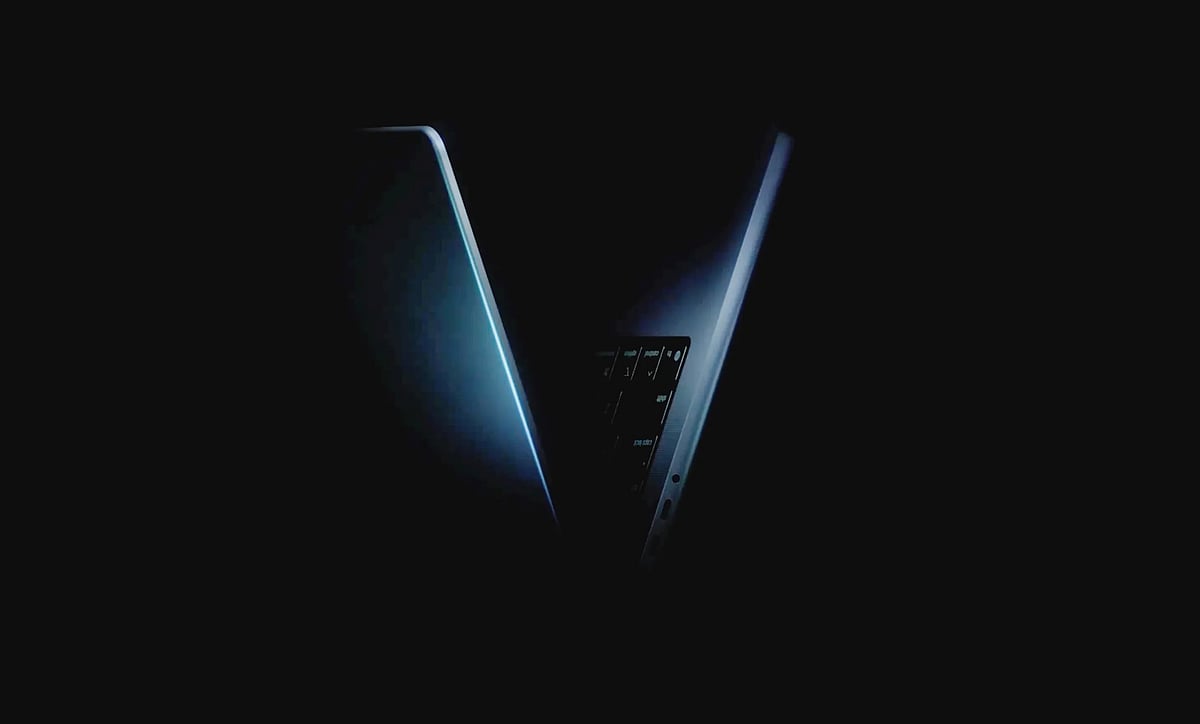Apple’s big hint: ‘Something powerful’ teased for M5 MacBook launch
Marketing SVP’s cryptic post fuels speculation of a MacBook powered by M5

Dubai: When Apple’s Senior Vice President of Worldwide Marketing, Greg 'Joz' Joswiak, dropped a seemingly casual post on X (formerly Twitter) with the cryptic caption "Mmmmm. Something powerful is coming.", the tech world immediately sat up. The five Ms in that tease, paired with a shadowy silhouette of a laptop in the shape of a Roman numeral V, strongly suggest Apple is readying a MacBook powered by the next-generation M5 chip.
The tease comes at a moment when rumors about Apple’s next Mac lineup are swirling hard. Analysts, leakers, and supply-chain insiders have long pointed to M5 Macs arriving late 2025 and into 2026. Some expect Apple to debut a 14-inch MacBook Pro with the M5 chip imminently.
Others look further ahead, with rumors of M5 variants (Pro, Max, Ultra) rolling out across MacBook Air, Mac mini, even iMac platforms.
But to understand why this small post is generating so much chatter, one must travel back through Apple’s ambition to control both chips and platforms.
From Intel to Apple Silicon
Before 2020, most Macs relied on Intel’s x86 chips. But at WWDC 2020, Apple announced a transition to in-house silicon known as 'Apple silicon.'
The first fruits of that transition came with the M1 chip in late 2020, and subsequent iterations—M2, M3, M4—have gradually refined performance, power efficiency, and integration.
Each generation has pushed forward what Apple calls its “unified architecture” — combining CPU, GPU, Neural Engines, memory, and more into a tight system-on-chip design. That tight coupling gives Apple more control over performance, power, and how macOS features map to the hardware.
Thus, an M5 MacBook is not just another spec bump. It represents the next chapter in Apple’s vertical integration: more AI throughput, better energy efficiency, tighter hardware-software synergy—and the chance to reassert that Macs are more than just premium laptops, but deeply optimized computing platforms.
The art of Apple Hype
Apple has long mastered the art of subtle marketing. A post from a high-level executive is seldom casual: it’s a signal. Joswiak’s choice of “Mmmmm” (five Ms) and the “V”-shaped silhouette—evoking “5” in Roman numerals—are almost playful hints, appealing to fans and rumor-watchers alike.
Yet the tease reveals nothing quantitative—no clock speeds, no memory options, no release dates. Just “coming soon.” But in Apple’s world, that’s enough to light up social media, device forums, and supply chain speculation. Already, some observers point to earlier leaks and code references (for example, iPad Pros unboxing with M5 chips) as signs that Apple is primed to announce soon.
The question now: will Apple follow its familiar pattern of revealing quietly (press release + update) or stage a full keynote?
What could qualify as 'powerful'?
Industry insiders and rumor sites have floated several likely upgrades for an M5 MacBook Pro. It’s expected to use TSMC’s N3P 3nm process, which could yield performance and efficiency gains of perhaps 15–25 per cent over M4—especially in AI, graphics, and multi-threaded tasks.
Other speculations include a refined thermal design, incremental storage and memory improvements, and possibly maintaining the existing chassis to reduce risk. Some suggest Apple might initially release only a base M5 MacBook Pro, with Pro/Max/Ultra versions coming later.
It’s also plausible that Apple will push its AI capabilities—especially neural processing—to greater prominence, given how integrated AI is becoming across iOS and macOS ecosystems.
This Joswiak post is a spark. It confirms that Apple isn’t done evolving its Mac line, and it invites speculation about how strong the M5 generation will be. Whether the upcoming MacBook Pro products live up to the hype—or whether Apple plans something even more radical (e.g. new design, OLED displays, or AR integration)—will matter a lot to fans and professionals alike.
For now, we wait for the “coming soon.”
Network Links
GN StoreDownload our app
© Al Nisr Publishing LLC 2025. All rights reserved.